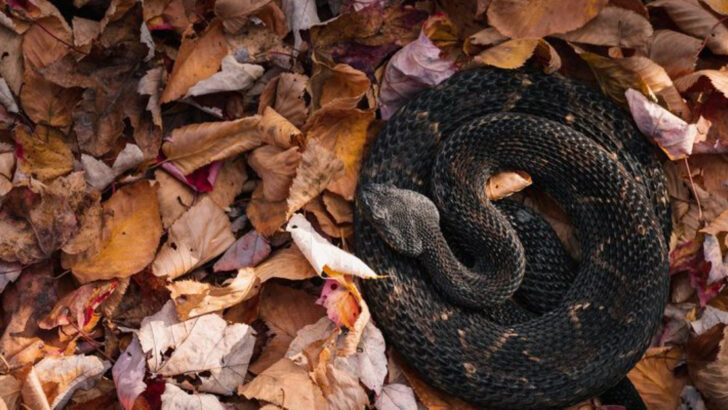Rattlesnakes aren’t just venom and drama — they’re cold-blooded enigmas wrapped in scales.
Forget what you think you know. These reptiles don’t just shake tails and strike fear; they operate with precision, weird quirks, and survival tricks that would impress even the most jaded herpetologist.
From their heat-sensing face pits to the bizarre way they give birth, rattlesnakes are walking science experiments with fangs. And no — they don’t always rattle before they bite.
Whether you’ve spent years in the field or just admire them from a safe distance, these 13 rattlesnake facts will flip your expectations and make you see these misunderstood creatures in a whole new light. Get ready — things are about to get wild, weird, and wonderfully reptilian.
Rattlesnake Rattle Mystery
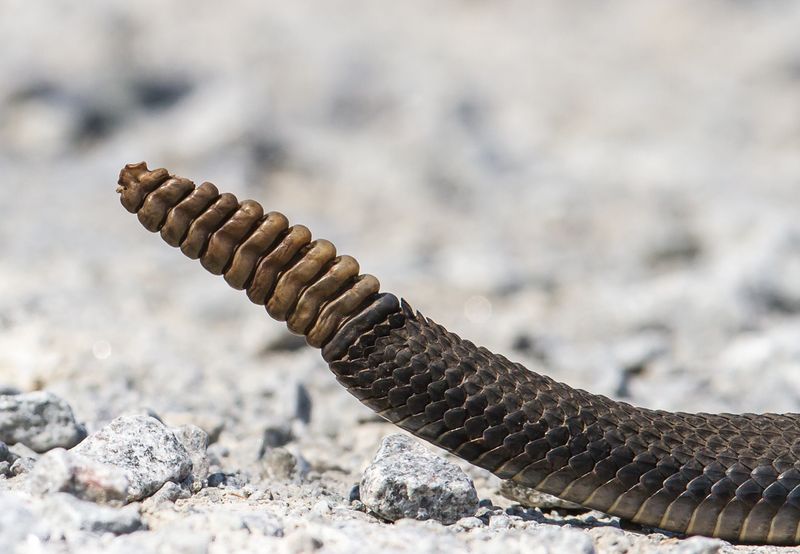
The rattlesnake’s rattle, a signature feature, is more than just a noise maker. Each segment of the rattle is actually a piece of keratin, similar to human nails. Over time, as the snake sheds its skin, new segments are added.
Interestingly, the rattle doesn’t grow indefinitely; it can break off, leading to age misjudgments. The sound itself is created by the rapid movement of these hollow segments against each other.
What’s truly fascinating is how different species produce varying rattle sounds, adding another layer to their mysterious communication.
Pit Viper Heat Sensors
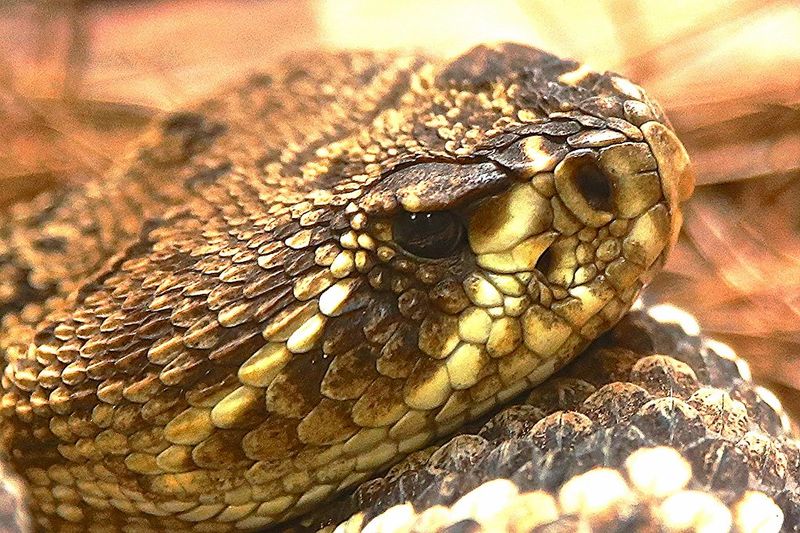
Rattlesnakes belong to the pit viper family, named for the heat-sensing pits located between their eyes and nostrils. These specialized organs enable them to detect infrared radiation emitted by warm-blooded prey, even in darkness.
This adaptation is crucial for nocturnal hunting, allowing them to strike with remarkable accuracy. The pits function like a thermal camera, mapping out their target’s location and movement.
This evolutionary marvel showcases nature’s ingenuity in survival and predation. Such adaptations have fueled myths about snakes having mystical powers, further entrenching their enigmatic reputation.
Rattlesnake Venom Variability
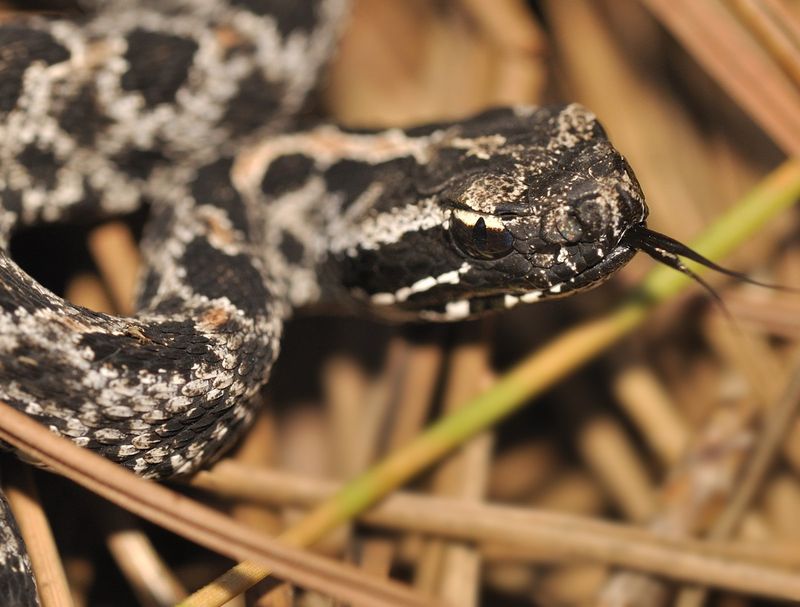
Venom is a rattlesnake’s primary weapon, but not all venoms are created equal. Different rattlesnake species possess unique venom compositions, tailored to their diet and habitat.
Some have neurotoxins that affect the nervous system, while others have hemotoxins that target blood cells and tissues. Interestingly, even individuals within the same species can have varying venom potency.
This variability has significant implications for medical treatment and antivenom development. Understanding these differences is essential for both conservation efforts and improving human-snake interactions.
Rattlesnake Social Behavior

Contrary to their solitary image, rattlesnakes exhibit complex social behaviors. They often share dens with multiple individuals, especially during hibernation.
During the mating season, males engage in ritualistic combat dances to win over females. Mothers may also stay with their newborns for a brief period, offering protection and guidance.
These behaviors suggest a level of social interaction that was previously underestimated in snakes. Studies continue to uncover the depth of these social dynamics, challenging the notion that rattlesnakes are purely solitary creatures.
Rattlesnake Reproduction
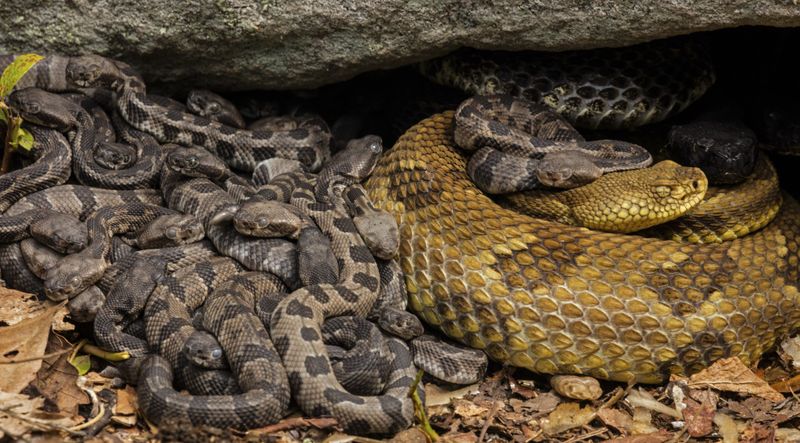
Rattlesnakes have a unique reproductive strategy known as ovoviviparity. Unlike many reptiles that lay eggs, rattlesnakes give birth to live young. The embryos develop inside eggs that remain in the mother’s body until they are ready to hatch.
This adaptation provides added protection for the young in harsh environments. Birthing often occurs in secluded areas, ensuring a safe start for the newborns.
The mother’s role doesn’t end there; she may remain with her offspring for some time, offering a rare glimpse of maternal care in reptiles.
Rattlesnake Conservation Status

Rattlesnakes play a crucial role in their ecosystems, yet many species face conservation challenges. Habitat destruction, climate change, and human persecution threaten their populations.
Conservation efforts focus on habitat preservation, public education, and legal protection. Some areas have implemented rattlesnake round-ups, which, although controversial, aim to manage populations responsibly.
Raising awareness about their ecological importance and reducing fear-driven killing are vital steps toward their preservation. Understanding their role as both predator and prey underscores the need for balanced conservation strategies.
Rattlesnake Myths and Legends

Throughout history, rattlesnakes have been subjects of myths and legends. Indigenous cultures in North America revered them as symbols of fertility, transformation, and healing.
Their unique rattles were believed to hold mystical powers, often used in rituals and medicine. These cultural depictions highlight a deep respect and understanding of rattlesnakes, contrasting with modern fears.
Today, these myths contribute to the snake’s mysterious allure, blending fact and fiction. Exploring these stories offers insight into the human fascination with these enigmatic reptiles.
Rattlesnake Sensory Perception

Aside from their heat-sensing capabilities, rattlesnakes have a keen sense of smell. They use their forked tongue to collect scent particles from the air, transferring them to the Jacobson’s organ in the mouth for analysis.
This acute sensory perception helps them track prey and navigate their environment with precision. Such adaptations are crucial for survival, especially in varied and challenging habitats.
The combination of these sensory tools makes rattlesnakes formidable hunters, capable of thriving in diverse ecosystems.
Rattlesnake Camouflage Techniques
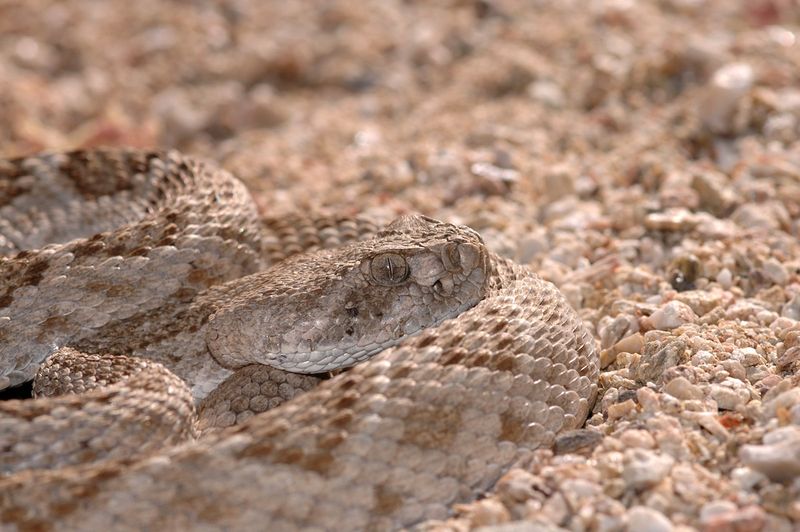
Rattlesnakes are masters of camouflage, using their coloration and patterns to blend seamlessly into their surroundings. This ability provides protection from predators and aids in ambushing prey.
Each species has specific patterns suited to their environment, whether it be desert sands or forest floors. The art of remaining unseen is a testament to their evolutionary success.
Such stealth techniques have inspired countless tales and misunderstandings about their nature. Observing a rattlesnake in its natural habitat often reveals the subtle beauty of its camouflaging prowess.
Rattlesnake Feeding Habits
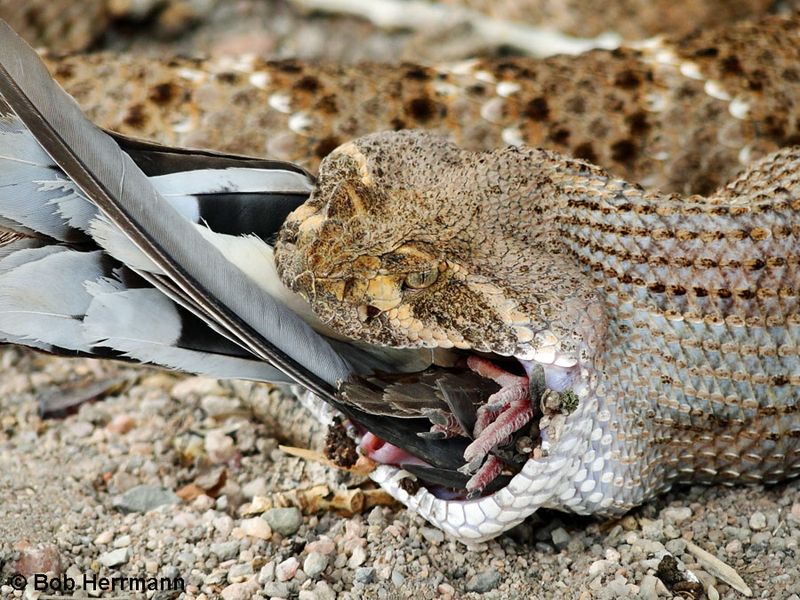
Rattlesnakes have a unique approach to feeding, employing both ambush tactics and patient stalking. Their flexible jaws allow them to consume prey much larger than their head diameter.
Once prey is subdued, they begin the swallowing process, which can be surprisingly swift. Their diet mainly consists of small mammals, birds, and sometimes reptiles.
This adaptability in hunting methods and diet plays a crucial role in their survival across diverse habitats. Observing their feeding behavior offers insight into the complex mechanics and instincts that define these serpents.
Rattlesnake Hibernation
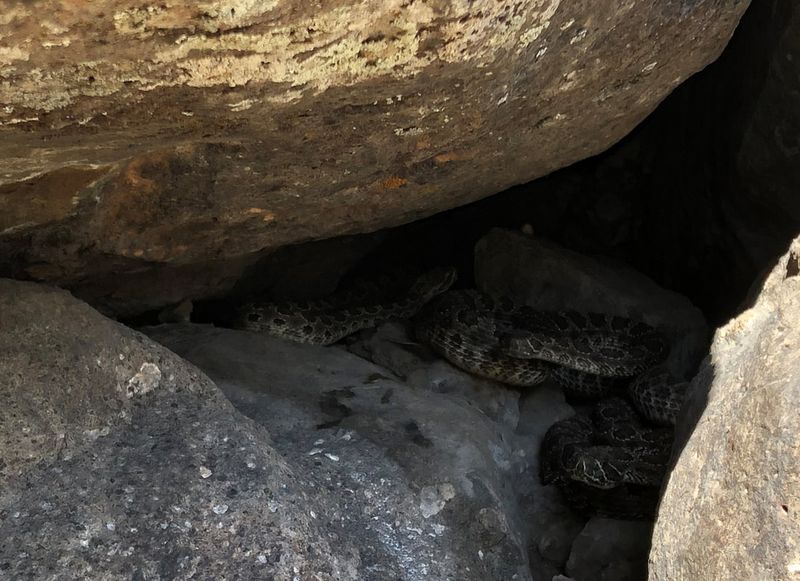
During colder months, rattlesnakes enter a state of brumation, a hibernation-like period where metabolic rates drop significantly. They gather in large groups in hibernacula, which are often caves or burrows that maintain stable temperatures.
This communal living provides warmth and safety from predators. Brumation allows them to survive months without food, conserving energy until spring arrives.
Understanding this behavior has been key for conservationists working to protect these critical habitats. Observing their seasonal dormancy underscores the adaptability and resilience of rattlesnakes.
Rattlesnake Cultural Impact
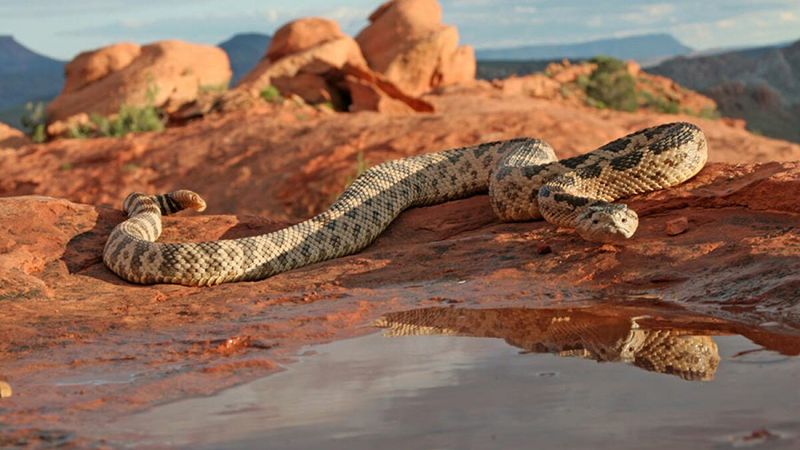
Rattlesnakes have left an indelible mark on culture, symbolizing both danger and fascination. They appear in music, art, and even as mascots for sports teams. Their image represents strength, stealth, and resilience.
This cultural impact reflects a complex relationship between humans and rattlesnakes, often rooted in respect and fear. Their portrayal has evolved, from ominous figures in folklore to iconic symbols in popular culture.
Examining their cultural presence reveals the depth of human intrigue with these creatures, blending reverence with caution.
Rattlesnake Evolutionary History

Rattlesnakes trace their lineage back millions of years, evolving alongside changing environments. Fossil records show a gradual adaptation to diverse habitats, from ancient forests to arid deserts.
Their unique traits, such as the rattle and venom, highlight the evolutionary pressures they faced. This history provides insight into their current distribution and ecological roles.
Understanding their evolutionary journey helps unravel the complexities of their survival strategies. This perspective enhances our appreciation for their resilience and the intricate web of life they are part of.

